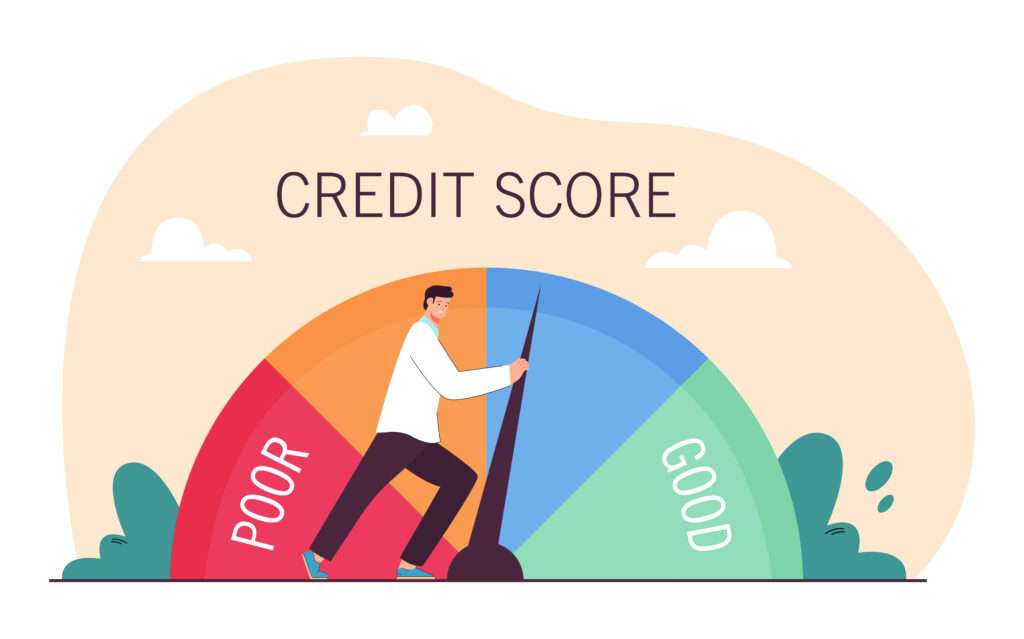Enter secured credit cards – a powerful financial tool that can serve as a stepping stone towards achieving your credit goals. In this comprehensive guide, we explore into the ins and outs of how to use a secured credit card effectively to build credit and pave the way toward financial empowerment.
5 Methods to rebuild your credit using Secured Credit Cards
Understanding Secured Credit Cards:
Before diving into usage strategies, let’s grasp the essence of secured credit cards. Unlike traditional credit cards, secured cards require a cash deposit as collateral, typically equal to the credit limit. This deposit acts as a security measure for the card issuer, reducing their risk in extending credit to individuals with limited or damaged credit histories.
Getting Started:
- Choose card Wisely: Research and compare secured credit card options offered by reputable financial institutions. Look for cards with favourable terms, including low fees, reasonable interest rates, and reporting to major credit bureaus.
- Annual Fees: Some issuers may require an annual or monthly fee to maintain the account. As per recent data from the Consumer Financial Protection Bureau, the average annual fee stood at $94 in 2020.
- Annual Percentage Rates (APRs): APR indicates the interest costs if you carry a balance. Secured credit cards often have higher APRs, sometimes exceeding 30%. However, paying off the balance in full each month can help you avoid these fees.
- Additional Fees: Watch out for other potential charges such as application fees, processing fees, foreign transaction fees, and other miscellaneous charges. It’s crucial to carefully review the terms and conditions to understand all associated fees.[1]
- Apply with Caution: Submit your application for a secured credit card, ensuring that you meet the eligibility criteria. Be prepared to provide personal information and the required security deposit.
5 Methods to rebuild your credit using Secured Credit Cards

1.The 10% Rule:
Allocate only 10% of your credit limit for monthly expenses. For example, if your secured card has a $500 credit limit, limit your monthly spending to $50. This ensures low credit utilization, a key factor in credit score calculation.
| Credit Limit | 10% Monthly Spending Limit |
| $500 | $50 |
| $1000 | $100 |
| $2000 | $200 |
2.The Pay-As-You-Go Strategy:
Pay off your credit card balance immediately after each transaction. For instance, if you make a $20 purchase, transfer $20 from your checking account to your credit card to cover the expense promptly. This method prevents accumulating balances and demonstrates responsible credit management.Your track record of making payments on time counts for 35% of your FICO® Score.
Suppose you have a secured credit card with a $500 credit limit.
You make the following transactions over three months:
- Month 1: You make a $50 purchase. After the purchase, you immediately pay off the $50 balance.
- Month 2: You make a $75 purchase. Again, after the purchase, you immediately pay off the $75 balance.
- Month 3: You make a $100 purchase. Once more, after the purchase, you immediately pay off the $100 balance.
This strategy ensures that your credit card balance returns to zero after each transaction, demonstrating responsible credit management and preventing the accumulation of balances over time.
3.The Reverse Snowball Approach:
Start by using your secured card for small, recurring expenses like subscriptions or utility bills. Then, gradually increase the amount and frequency of your payments. For instance, if your monthly Netflix subscription is $15, start by charging only $15 to your card and paying it off. In subsequent months, increase the amount charged and paid off, building a positive payment history over time.
| Month | Expense | Payment |
| 1 | $15 | $15 |
| 2 | $30 | $30 |
| 3 | $50 | $50 |
4.The Savings Match Method:
Match each dollar spent on your secured card with a deposit into a savings account. For example, if you spend $50 on your secured card, transfer an additional $50 into your savings account. This not only ensures responsible spending but also helps you build a savings buffer for emergencies.
Let’s say you have a secured credit card with a $500 credit limit.
Whenever you make a purchase with your secured credit card, you transfer an equal amount from your checking account to your linked savings account.
For instance:
- You make a $50 purchase with your secured credit card. Simultaneously, you transfer $50 from your checking account to your savings account.
- Similarly, if you make a $100 purchase, you transfer $100 to your savings account.
Over time, the balance in your savings account grows in tandem with your spending on the secured credit card, ensuring that you have funds set aside for emergencies while also demonstrating responsible financial behaviour.
5.The Payment Accelerator Technique:
Divide your credit limit by the number of days in the billing cycle. For example, if your credit limit is $500 and your billing cycle is 30 days, you’ll have approximately $16.67 available credit per day. Use this calculation to pace your spending throughout the month, ensuring you never exceed your daily credit limit.
| Credit Limit | Billing Cycle (Days) | Daily Spending Limit |
| $500 | 30 | $16.67 |
| $1000 | 30 | $33.33 |
| $2000 | 30 | $66.67 |
Secured Credit Card Using Tips:
- Spend Responsibly: Treat your secured credit card with the same prudence as you would a traditional credit card. Use it for essential purchases and expenses you can afford to repay promptly.
- Keep Utilization Low: Aim to utilize only a small portion of your available credit limit, ideally keeping your credit utilization ratio below 30%. This demonstrates responsible credit usage and can positively impact your credit score.
- Pay in Full and On Time: Make it a priority to pay off your secured card balance in full each month. Timely payments are crucial for building a positive payment history and avoiding unnecessary interest charges.
- Monitor Your Credit: Stay vigilant about monitoring your credit score and report. Track your progress regularly and address any discrepancies or issues promptly.
Maximizing the Benefits:
- Graduate to Unsecured Credit: With consistent, responsible card usage, you may qualify for an unsecured credit card in the future. Some issuers may even offer to upgrade your secured card to an unsecured version after a period of responsible use.
- Increase Your Credit Limit: As your creditworthiness improves, you may have the opportunity to request a credit limit increase on your secured card. A higher credit limit can lower your credit utilization ratio and further boost your credit score.
- Earn Rewards and Benefits: Explore secured credit cards that offer rewards programs or other perks. While these may be limited compared to traditional cards, they still provide opportunities to benefit from your spending.
Bottom line:
In the journey toward financial wellness, a secured credit card can be a valuable ally. By using it wisely, you can establish or rebuild your credit history, unlock future credit opportunities, and work towards achieving your long-term financial goals. Remember, responsible credit management is the key to harnessing the full potential of your secured credit card and securing a brighter financial future.











